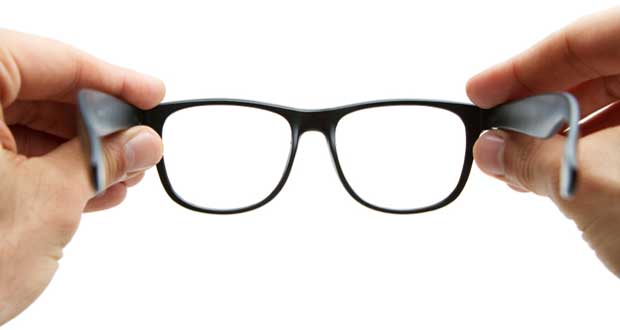NEW YORK – McPheters & Company has released results of a study conducted in co-operation with Condé Nast and CBS Vision which explored the relative effectiveness of ads on television, in magazines, and on the Internet. The study represents an unusual example of collaboration on the part of companies with competing media interests.
The study used McPheters & Company’s AdWorks™ methodology to provide comparable measures of ad effectiveness across multiple media, using 30-second TV ads, full-page 4-color magazine ads, and Internet banner ads in standard sizes. Additionally, eye-tracking software was used to determine whether – and under what circumstances – Internet ads were actually seen by respondents. The work was conducted in CBS Vision’s state-of-the-art Television City facilities at the MGM Grand in Las Vegas.
Matched groups of respondents were recruited to spend 30 minutes with a single medium in a laboratory setting. They either watched a choice of sit-coms, read a magazine they selected, or surfed the Internet at will. At the end of the period, they filled out similar online surveys that asked whether they recalled seeing 4 ads which appeared in the medium they consumed; in order to establish the level of over-claiming, which is known to vary by medium, they were also asked whether they recalled seeing 4 ads that had not appeared. These results were then used to calculate net recall or ad absorption for each medium.
Among the major findings were:
* Within a half hour, magazines effectively delivered more than twice the number of ad impressions as TV and more than 6 times those delivered online
* Though TV doesn’t deliver as many ads per half hour as do magazines, net recall of TV ads was almost twice that of magazine ads; magazines in turn had ad recall almost three times that of Internet banner ads
* 85% of Internet ads served appeared on-screen and could be identified by brand
* Among web users, 63% of banner ads were not seen. Respondents’ eyes passed over 37% of the Internet ads and stopped on slightly less than a third
* For Internet ads, almost all net recall could be attributed to ads that were seen
* Internet video ads appeared much less frequently than banner ads, and their exposure skewed heavily towards young men. When they did appear they were twice as likely to be seen as banner ads.
When study results were used in combination with other information on probability of exposure, a full-page 4-color magazine ad was determined to have 83% of the value of a 30-second television commercial, while a typical Internet banner ad has 16% of the value.
According to Scott McDonald, Senior Vice-President of Research for Condé Nast, “Because different media deliver ad impressions at vastly different rates, this study provides clear evidence that time spent with a medium does not translate into value for advertisers. It also indicates that magazine advertising is undervalued relative to its effectiveness.” Dave Poltrack, Chief Research Officer for CBS and President of CBS Vision, said “As more and more advertisers try to figure out how to communicate their story across media platforms, this form of experimental research will become an increasingly critical element in pre-campaign planning.”
“Our findings indicate that we need to learn more about how to engage Internet users with advertising content,” said Rebecca McPheters, CEO of McPheters & Company. “We look forward to expanding this work to look more closely at other forms of Internet advertising, as well as other media – such as cable, newspapers and radio, and specific types of programming or content. While the sample sizes were not significantly robust to release results for individual ad categories, the study suggests that there are real differences in performance that are worthy of further exploration,” she added.
About McPheters & Company
McPheters & Company specializes in strategic planning and research for brands and for companies in media-related fields, including media owners, advertisers, and ad agencies. The company develops business strategies to enhance both long- and short-term profitability. Much of its work is focused on enhancing and documenting the advertising value produced by media brands.









